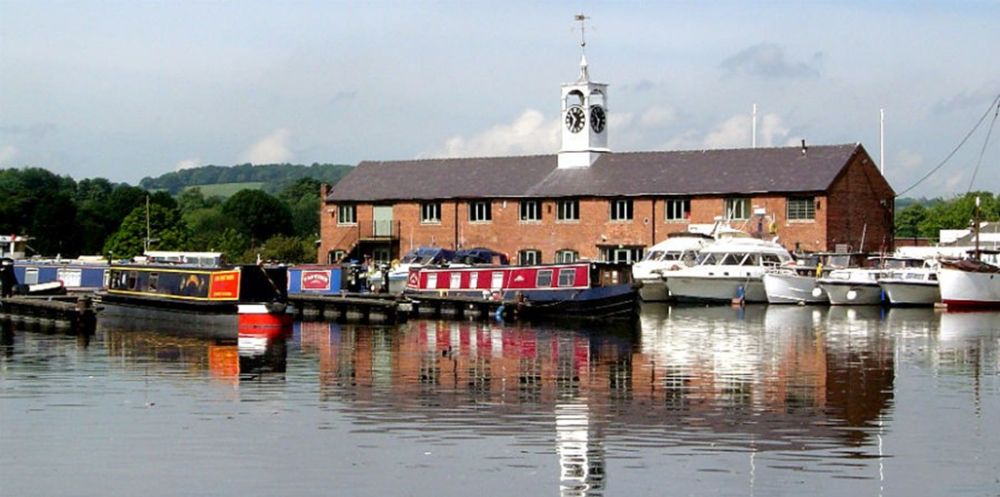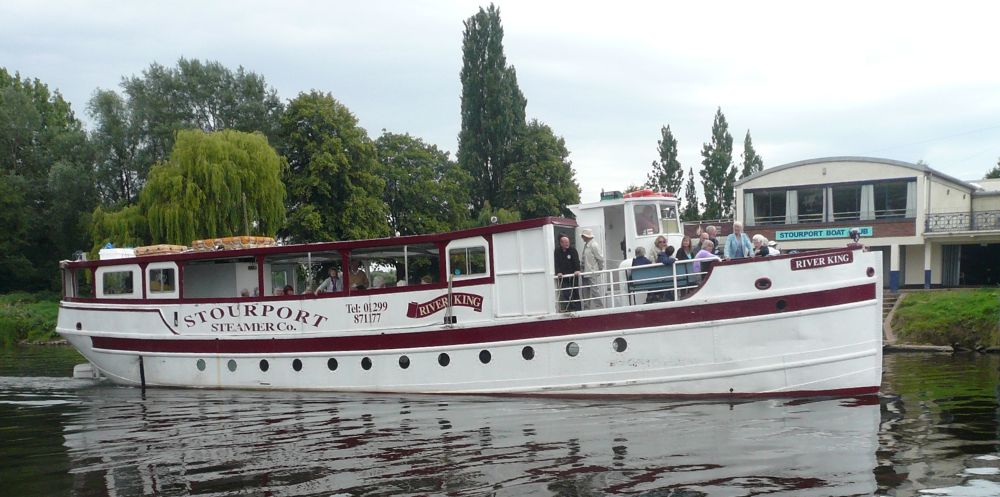


About the Heritage Inland Port:
Stourport was once a busy inland cargo port, which grew up around the point where the Staffordshire & Worcestershire Canal joins the River Severn, and still has the atmosphere of a lively maritime centre with restored canal basins which are managed today by the Canal & River Trust, a national charity. The basins are the key to Stourport’s origin as a canal town. The basins have been restored, regenerated and returned to their original Georgian splendour, opening up a fascinating heritage attraction.
Maritime Visitor Attractions:
Historic Buildings and museums
Tontine Stable and the Old Ticket Office, once a coal merchant’s office, is home to a fascinating collection of artefacts giving clues to the heritage of the town
Short trips on heritage working boat Bramble 
Bramble is a historic boat, built in 1934, with no facilities, but small groups of visitors can enjoy a limited trip as the boat is run in order to maintain her as an historic exhibit.
Guided walks and heritage room tours
Bramble and both of the buildings are managed by Stourport Forward., a not for profit organisation, and are available, by prior appointment.
In the Past:
Stourport Canal Basins date back to the golden age of the canals in the late 1700’s – early 1800’s
The Staffordshire and Worcestershire Canal linked the River Severn with the Trent and Mersey Canal and as a result, after Birmingham, Stourport became the busiest inland port in the Midlands. The canal opened to Stourport in 1771 and by 1812 five canal basins had been built. The town rapidly expanded and by the 1780’s there were brass and iron foundries, a vinegar works, tan yards, worsted spinning mills, carpet mills, barge and boat-building yards, warehouses, shops, houses and inns. By 1795 it had 200 houses and 1300 inhabitants.
Now and the Future:
Stourport still has the atmosphere of a lively maritime centre with the canal basins restored, regenerated and returned to their original Georgian splendour, opening up a fascinating heritage attraction. Stourport Canal Basins still remain largely intact from the golden age of the canals in the late 1700’s – early 1800’s, and are made up of five historic basins, home to nearly 100 narrowboats and yachts, and one re-opened basin, plus five canal locks and a dry dock, all located on the bank of the River Severn in the picturesque Severn Valley.
A wide range of local organisations are currently developing proposals for the Heritage Inland Port
Heritage Harbours VE Anniversary National Trail Events
Stourport inland waterway heritage and history
Sat 13 September
at Stourport Yacht Club with Stourport Heritage Group (details to follow)

